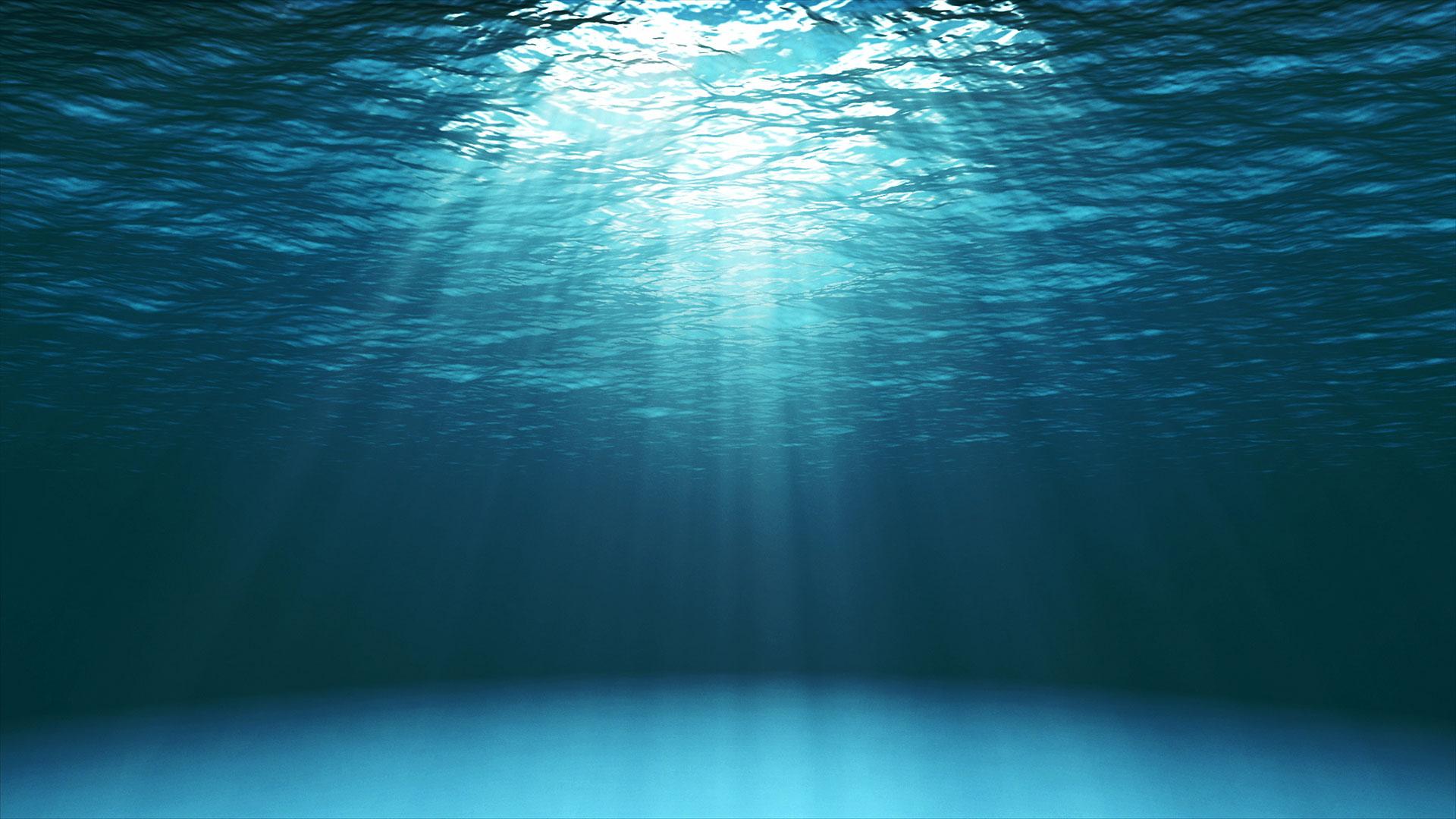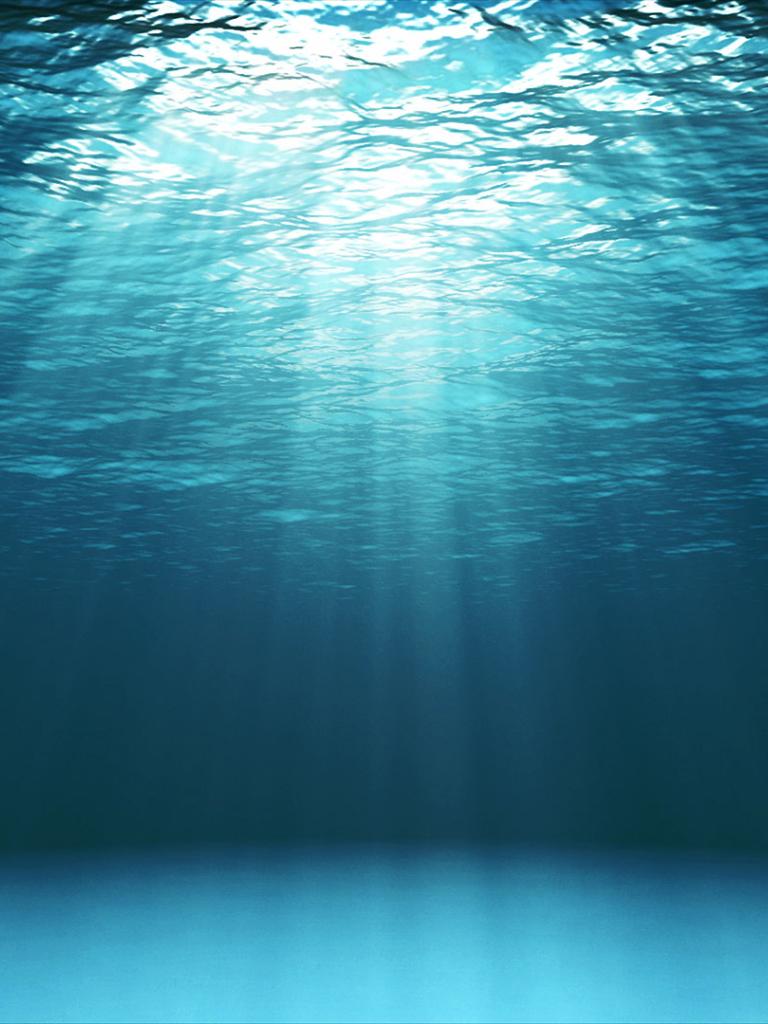28 October 2025
08 November 2018
There has been increasing interest over the last two decades in inverse methods dedicated to the estimation of Inherent Optical Properties (IOPs) of natural surface waters from Ocean Color remote sensing observations. The IOPs are determined by optical state equations of the constituents of seawater, including water molecules, phytoplankton, heterotrophic bacteria, viruses, non-algal particulate matter (organic detritus and mineral particles), gas bubbles, and coloured dissolved organic matter.
While the pure seawater IOPs are quasi constant (depending somewhat on water temperature and salinity), a large variability in aquatic bulk IOPs is tightly linked to variations in the concentration of different constituents, the size distribution and composition of particulate matter, including chemical composition of individual particles (refractive index), as well as composition of dissolved organic matter. These links make the IOPs the major carrier of information about various biogeochemically-important constituents of aquatic environments, for example the particulate and dissolved stocks of organic carbon and phytoplankton community structure.
Being able to retrieve IOPs from space observations of Ocean Color offers the particular benefit of improving the investigations of the biogeochemical status of the aquatic surface layers at large basin and regional scales over long periods of time, beyond the application of the standard satellite data product of chlorophyll-a concentration, Chl.
For this reason, the IOPs are now included in a suite of Essential Climate Variables (ECVs) in the frame of the Climate Change Initiative international program. Satellite-derived IOP products have been used in many studies addressing various characteristics of aquatic constituents of biogeochemical significance, primary production, water quality, and characterisation of water masses and other physical processes.
Objectives
The objective of the study is to develop Ocean Colour products of Inherent Optical Properties for Sentinel-3 OLCI and to validate them via a community review process.
In the frame of this project, different IOPs algorithms suitable to the OLCI spectral bands are being selected and implemented after consultation with a representative panel of expert and end-users.
While there are existing algorithms that can directly be applied to the OLCI spectral bands, the potential offered by the extended spectral coverage of OLCI is being analysed, and research is performed to account for such specifics within the IOPs retrieval algorithm (and associated accuracy).
A standard iterative development process was applied:
- Definition of IOP product requirements.
- Design of a state-of-the-art algorithm by testing various hypothesis and related solutions.
- Coding of a data processor prototype, including validation of its outputs, in a ‘community’ framework (involving the scientific community in the review process).
Overview
The work is divided in five work packages (WPs).
The study has developed water bio-optical IOPs from the spectrum of OLCI remote sensing reflectance, Rrs(λ) (bands Oa2 412.5 nm and Oa3 442.5 nm are abbreviated as 412 and 443 nm):
- The diffuse attenuation coefficient for downward irradiance, Kd(λ), (in m-1) at 400, 412, 443, 490, 510, 560, 620, and 665 nm.
- The non-water absorption coefficients, anw and particulate backscattering coefficient, bbp, (in m-1) at 400, 412, 443, 490, 510, 560, 620, and 665 nm.
- The absorption by phytoplankton, aphy, and coloured detrital matter, acdm at 400, 412, 443, 490, 510, 560, 620, and 665 nm (all in m-1).
- The absorption by coloured dissolved organic matter, acdom (443) (in m-1).
The IOPs rely on a two-step semi-analytical algorithm, 2SAA. In the first step, the 2SAA algorithm estimates anw and bbp and in the second step it derives acdm and aphy for 17 different optical water classes. The algorithm has been validated over open, coastal, and inland waters based on in situ Rrs and IOPs measurements, as well as using inter-comparisons with other algorithms and missions. Uncertainties are provided for each IOP based on its optical water class.


Note: We gratefully acknowledge the exceptionally valuable contribution from the International Expert Team: Xiaodong Zhang (UND), Stephane Maritorena (UCSB), Emmanuel Boss (U.Maine), Vittorio Brando (CMEMS/CNR), Simon Belanger (UQAR), Wei Shi (NOAA), Peter Hunter (U.Stirling), Tim Moore (UNH), Jeremy Werdell (NASA), Tiit Kutser (U.Tartu) and Rüdiger Röttgers (HZG).
The IOP processor code is publicly available on the EUMETSAT gitlab




